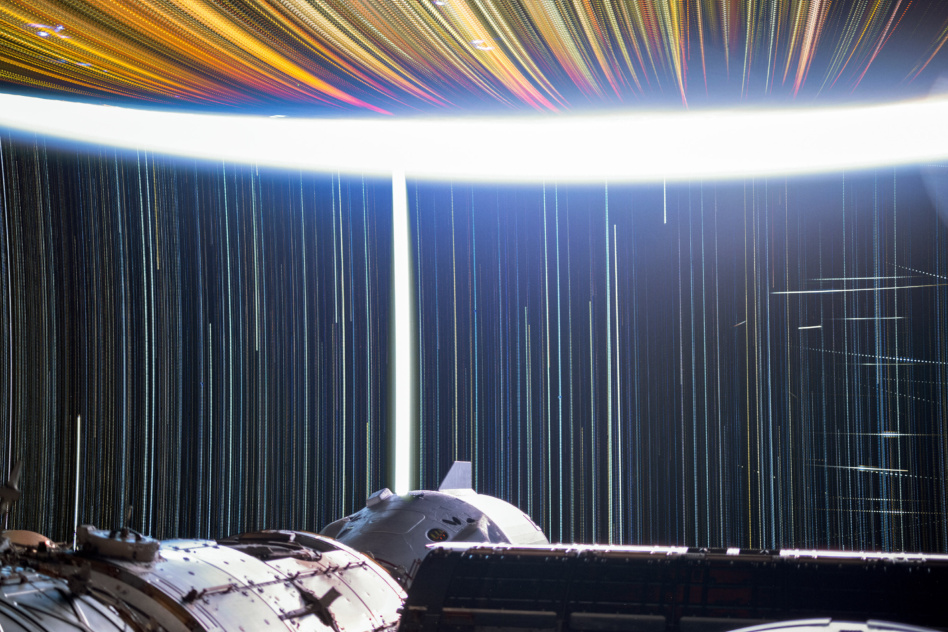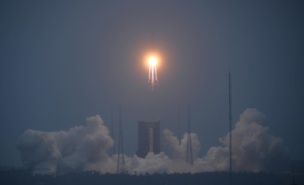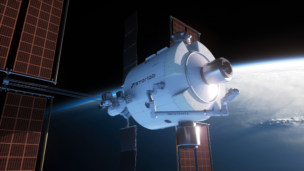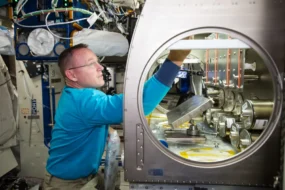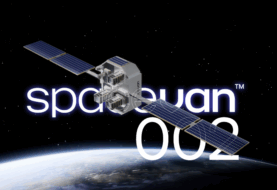If you think space is crowded now, you ain’t seen nothin’ yet.
A new report by Novaspace, the French space consultancy, predicted that 43,000+ new satellites will launch in the coming decade, creating $655B in market value through manufacturing and launch services.
But the booming satellite economy is not going to be evenly distributed—nor will it be easy to capture. According to Novaspace, only 7% of the manufacturing market value is open to any manufacturer, while the vast majority (about 70%) is “nationally captive,” or locked up by government demand and will flow to national primes.
The remainder of the manufacturing market value will remain within companies who’ve gone the route of vertical integration.
The Mega decade: Novaspace also predicted that two-thirds of the satellites due to be launched in the next decade will be owned or operated by five mega-constellations:
- In the US, SpaceX’s Starlink and Starshield, and Amazon’s Kuiper
- In China, the Guowang and Qinfan constellations.
The mass-produced nature of these megaconstellations, however, means that only a small fraction of the total market value (about 11%) is tied to these satellites. Novaspace highlighted the shifting nature of how satellite operators are approaching orbital infrastructure—moving away from exquisite GEO sats into proliferated multi-orbit systems.
“Satellites are no longer just custom-built assets; they’re evolving into interconnected nodes within decentralized networks. This marks a new chapter in orbital complexity and global connectivity,” Novaspace Manager Gabriel Deville said in a statement.
The golden orbit: While Novaspace expects the bulk of these satellites to be commercially operated, the real weight behind the market value in the industry is likely to remain anchored by defense budgets.
From Golden Dome to Europe’s widespread push for sovereign satellite constellations to China’s growing militarization of space, it’s unsurprising that the defense sector will remain a main driver of future value. The disproportionate weighting to defense, however, may push more companies into dual-use capabilities.
NovaSpace projected 48% of the total value in the market to be defense-funded “despite representing just 9% of satellite volume.”
